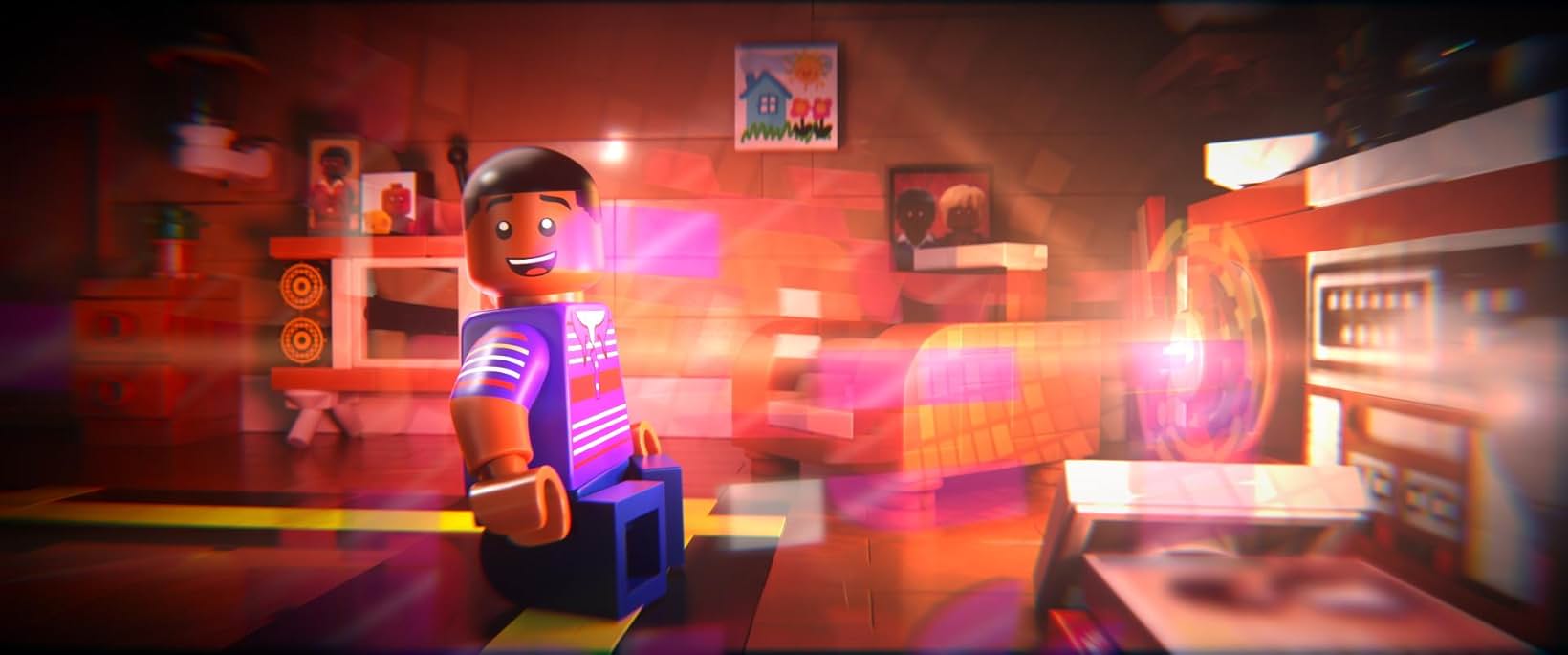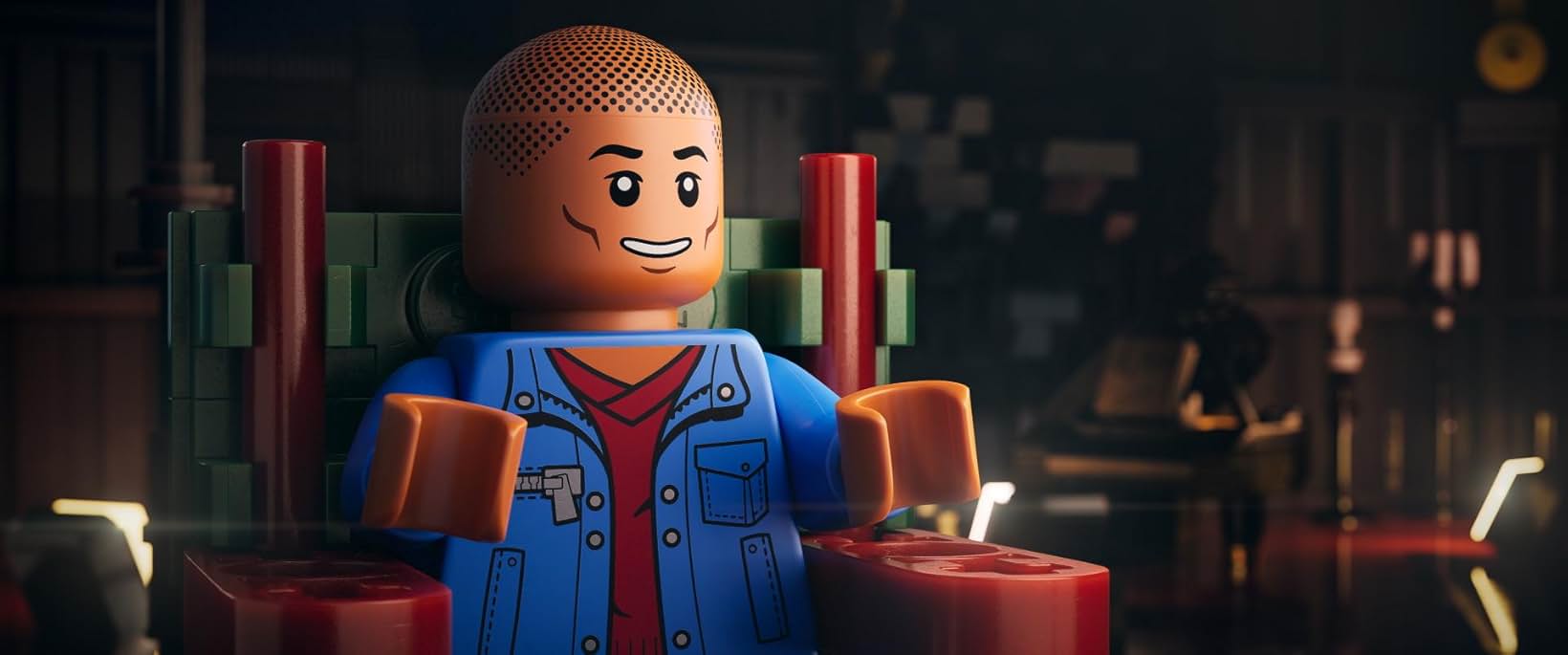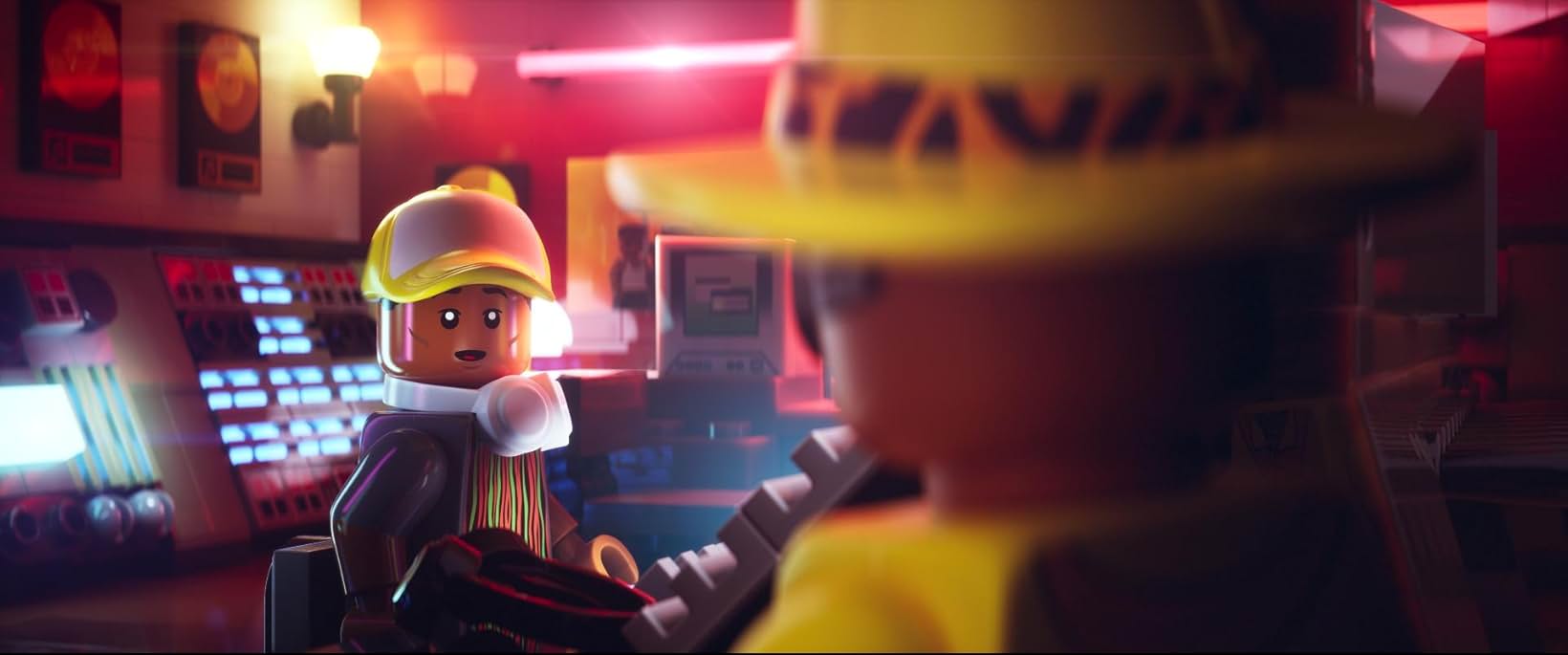From Morgan Neville, director of many acclaimed documentaries such as “20 Feet from Stardom” and “Won’t You Be My Neighbor?” comes a one-of-a-kind documentary about the life of artist Pharrell Williams, animated entirely by LEGO pieces.
“Piece by Piece” uses its animated medium to tell the PG-ified tale of Pharrell Williams, one of the most iconic producers and artists of the 21st century. With interviews provided by Williams himself, members of Williams’ family, colleague Chad Hugo and other artists he has collaborated with and produced for, “Piece by Piece” goes into great detail of Williams’ life and his greatest hits.
“Piece by Piece” marks a much-needed return to LEGO animation as a film medium, after five long years of its absence since the release of “The LEGO Movie 2: The Second Part.” LEGO pieces are utilized in such unique ways in this film, from recreating audio equipment to even being used to represent Williams’ synesthesia. In addition to the unique ways LEGO pieces are used, the animation itself is very beautiful and flows in a very fluid way that is almost unimaginable using a medium as rigid as LEGO.

A young Lego Pharrell experiencing synesthesia. Photo courtesy of Focus Features Photo credit: IMDb.com
It is also a delight to once again rejoice in the silliness and meta humor of the Lego franchise. From silly blink-and you’ll miss it background jokes to PG “gas fumes” wafting through the air, “Piece by Piece” manages to maintain the tone of the original LEGO films while retaining authenticity and uniqueness in its own right.
The cameos of the film feature many artists who Williams produced greatest hits for, some giving interviews detailing their experiences with Williams. Many offer humorous anecdotes, such as Gwen Stefani remarking how her band was hesitant to depart from their usual sound while she jumped at the chance to work with a more unique style of music.
The LEGO animation adds to the humor of these anecdotes, such as Snoop Dogg’s cameo representing him as an actual dog while speaking on how Williams put a smile on the face of the self-described “bad gangster.” Other cameos, however, tread into much more personal territory.

Lego Pharrell seated to be interviewed. Photo courtesy of Focus Features Photo credit: IMDb.com
Williams goes into immense and vulnerable detail about experiences that occurred in his life throughout the course of his career. You are able to hear the emotions he feels through his voice as he describes various creative and life struggles from stresses to tragedies. You would not expect LEGO to be a perfect supplement to scenes where Williams describes rather mature topics such as ego, death in the family and the Black Lives Matter movement. Yet, the medium is somehow used perfectly to add to the vulnerability and sheer power of the scenes. Certain cameos add to this, such as Williams detailing how “Alright,” a song he produced for Kendrick Lamar, became an anthem for the Black Lives Matter movement.
Williams also describes his climb out of the more tragic periods of his life. Meeting the woman who would end up becoming his wife, how creating “Get Lucky” with Daft Punk pulled him out of an art block, how his children inspired the creation of “Happy,” which would end up becoming his most popular song. A memorably vulnerable moment of the film was him recalling when he realized he had people on his side, rooting for him, and vocally choked up while explaining. The film is surprisingly emotional for a LEGO movie, but that is not unwelcome. In fact, it left me wanting more.

A Lego Pharrell speaking with a Lego N.O.R.E. Photo courtesy of Focus Features Photo credit: IMDb.com
The film offers a lot of insight into Williams’ life, but the cameos feel somewhat lackluster. Many of them were just passing mentions without much substance to the point where the more prominent ones in trailers, such as Daft Punk, made it feel like false advertising. Even the more significant ones to Williams’ life, such as the interviews with his parents and Chad Hugo did not offer too much to the story. This ends up leaving the plot feeling somewhat empty for significant amounts of time, especially much earlier in the film.
While the latter half manages to maintain the attention of the audience, the first half consists mostly of exposition. While exposition is not a bad thing, the sheer amount to the point where nearly the entirety of the first half consists of it is not something that will keep audiences engaged and may even lessen their enjoyment of the latter half.
Despite falling short in some regards to the plot and its celebrity cameos, “Piece by Piece” still manages to be a feast for the eyes and ears while simultaneously being a rather touching film about Williams, showing his experiences with life, his creative influences and how they inspired his greatest hits.



